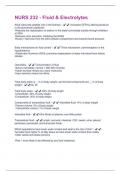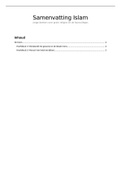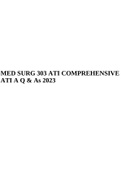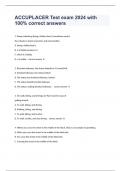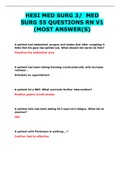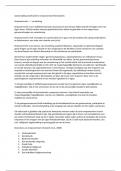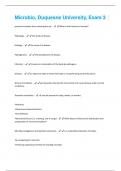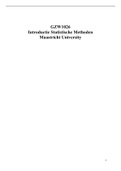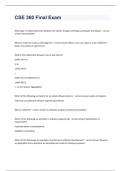Tentamen (uitwerkingen)
NURS 232 - Fluid & Electrolytes TEST (Graded A+ actual test)
- Vak
- Instelling
Atrial natriuretic peptide role in the kidneys - ️️-Increases GFR by altering pressure in the glomerular capillaries -Reduces the reabsorption of sodium in the distal convoluted tubules through inhibition of ADH -Reduces renin secretion, inhibiting the RAAS ◦Result = fluid loss from the ...
[Meer zien]
